What makes a movie… a movie? Whether it was a new filming technique, a unique concept or a special talent, these films all featured ‘firsts’ that helped mould cinema into what it is today.
Pixar Changes The Game: Toy Story (1995)
Disney/Pixar’s iconic toy box adventure was the first completely computer-animated feature film, which broke decades of hand-drawn tradition. It brought about a revolution that would change animated films forever, as pixels – not pencils – became the standard.
The First Horror Film: The Haunted Castle / La Manoir du diable (1896)
While it is debated, this short from French pioneer Georges Méliès is often considered the first horror movie. The silent film, starring The Devil himself, paved the way for the scares that would make the horror genre one of cinema’s most enduring conventions.
The Billion-Dollar Movie: Titanic (1997)
A Hollywood benchmark, Titanic would be the first to earn USD 1 billion at the box office and exhibit the global potential of a blockbuster. It also proved A-listers weren’t necessary to have a hit, as star-driven films became less important than familiar titles in the years to follow.
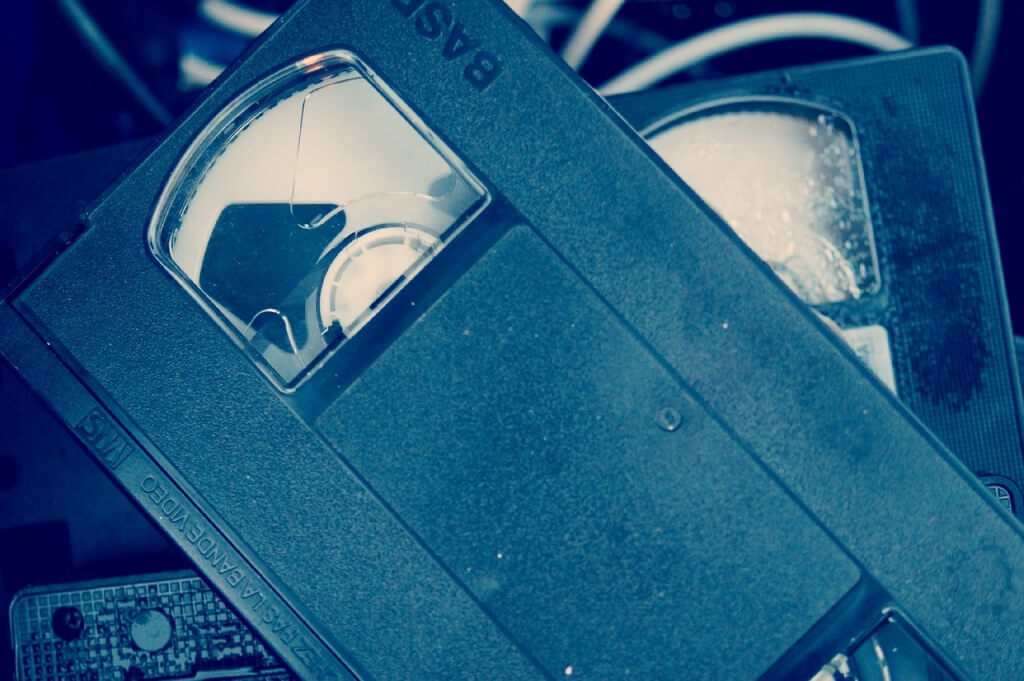
The First Film Sold On VHS: The Young Teacher (1972)
Chances are you haven’t heard of this volleyball-based family drama from South Korea. However, its status as the first film commercially available on video makes it the beginning of a revolution in home film watching, which evolved to DVDs, Blu-rays and today’s streaming giants.
The First Sci-Fi Film: A Trip To The Moon (1902)
Another first for Georges Méliès, arguably inspiring every space-themed film that came after. Beautiful to this day, it stands as one of the first true classics of cinema. It’s since inspired everyone from Jean-Luc Godard to Katy Perry.
The Advent Of Cinemascope: The Robe (1953)
CinemaScope was the first popular incarnation of widescreen cinema, making its debut in Richard Burton’s lavish biblical epic. It would change the shape of cinema (literally) to this day, with a wider screen fitting in more of the director’s vision.
Bond’s Big Screen Entrance: Sean Connery
007 was portrayed on TV and radio before Connery’s arrival in 1962’s Dr. No, but the suave Scotsman redefined James Bond to what we understand him to be today. Embodying the role, he set the standard by which all Bonds, and all movie spies, would be measured.
The First “One Shot” Film: Time Code (2000)
The advent of a new filmmaking era created the first true ‘one shot’ film (past films such as Hitchcock’s Rope had subtle edits). Offering a real-time, split screen of four continuous storylines, Timecode showcased the possibilities digital cameras could offer cinema.
Sound And Vision: The Jazz Singer (1927)
“Wait a minute, wait a minute, you ain’t heard nothin’ yet”. Al Jolson’s first spoken line would be as pivotal a moment as any in cinema, with The Jazz Singer becoming the first film to use synchronised sound. Even more incredible was that many in Hollywood, including Charlie Chaplin, thought it was a fad.
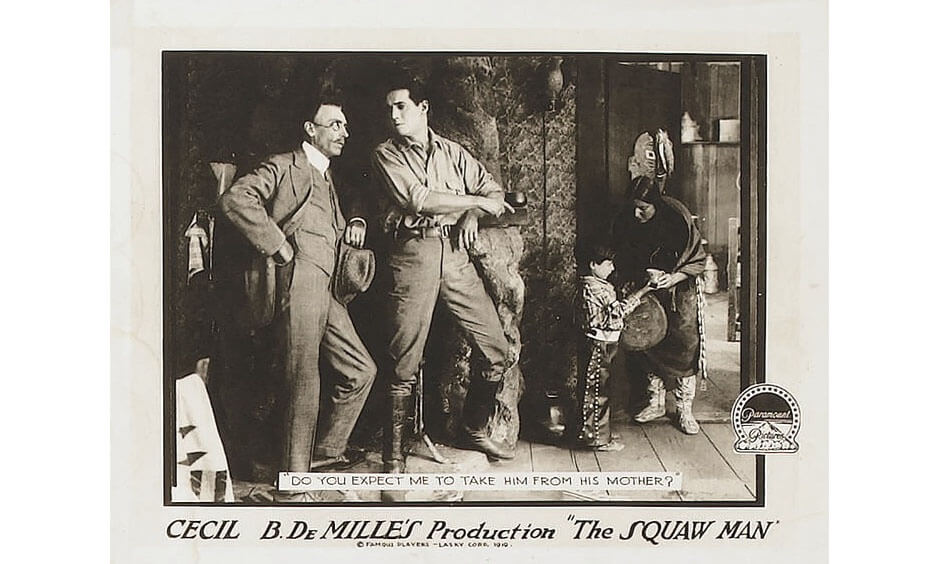
The First Remake: The Squaw Man (1918)
It’s likely that quite a few of the films you’ve seen recently are remakes, and the first director to get the idea was Cecil B. DeMille, who remade his own 1914 film – twice! The first remake set the foundations for a common practice today.
Elementary Effects: Young Sherlock Holmes (1985)
Ten years before Toy Story, John Lasseter was responsible for the first computer-animated character, a horrifying knight made of stained glass, in Barry Levinson’s Sherlock origin story. The effect is just as impressive, and chilling, over 30 years on.
The First Western: The Great Train Robbery (1903)
Before John Wayne, Clint Eastwood or The Hateful Eight, this 12-minute silent caper was the earliest example of a Western on film. The closing shot – the villain pointing his gun at the camera – has been copied by Goodfellas, Tombstone and Breaking Bad.
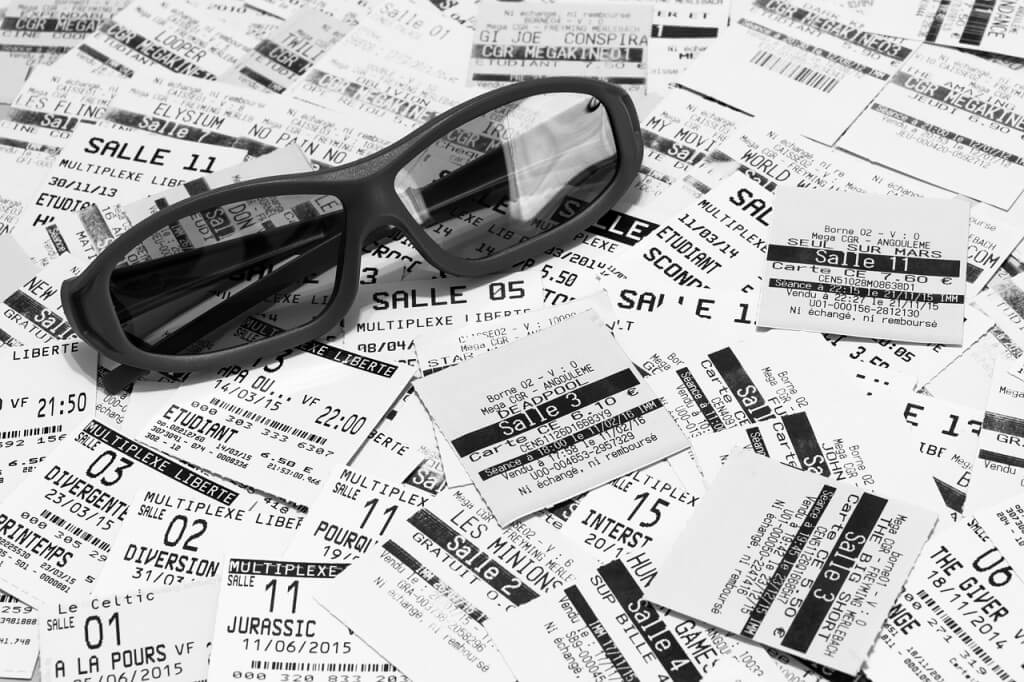
A New Dimension: The Power of Love (1922)
Shown in an LA hotel in the ‘20s, the first 3D film created a century-long fascination with 3D cinema. The ‘red/blue glasses’ movies of the ‘50s evolved to early IMAX, then Avatar made digital 3D synonymous with the movie-going experience.
Breaking The Glass Ceiling: Kathryn Bigelow (2010)
Snatching a shock victory from Avatar, The Hurt Locker director Kathryn Bigelow became the first woman to win an Oscar for Best Director. It started an ongoing conversation in Hollywood on the types of movies it makes, and who makes them.
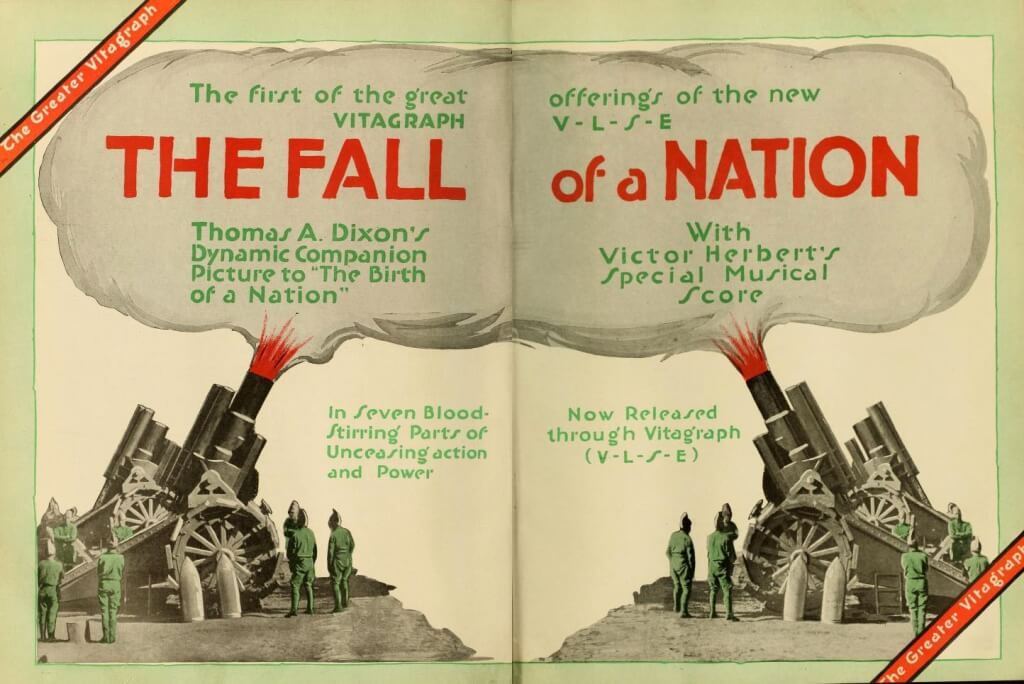
The First Sequel: The Fall Of A Nation (1916)
With around 50 premiering in 2017, sequels are more common today than standalone films. The tradition has an unappealing source: this sequel to the controversial The Birth of A Nation. Appropriately, it was not as successful as the original.
The First Animated Feature Film: Snow White And The Seven Dwarfs (1937)
Animated films are considered safe box office bets today, however Walt Disney took a huge risk with this feature-length animation. It paid off, with the success making Disney what it is today and creating a new cinematic genre.
The Meeting of Animated Icons: Who Framed Roger Rabbit? (1989)
Who knows what Disney would have made of his greatest creation, Mickey Mouse, sharing the screen for the first and only time with Bugs Bunny. The collaboration was an early example of crossovers that would be reflected in the superhero-heavy films of today.
The Mo-Cap Turning Point: Final Fantasy: The Spirits Within (2001)
The first big studio production to be made with entirely motion capture characters, there were big plans for this video game adaptation. The film flopped, but was an indicator of the possibilities that lie ahead for the technique.
Dawn Of The Summer Blockbuster: Jaws (1975)
Before Jaws, big-budget films were released gradually and usually in the winter. Its success created a new kind of film, intended for a global audience and marketed as an event. The very reason why we look forward to summer movies is down to Steven Spielberg.
Wait Until The End: The Muppet Movie (1979)
Now, post-credits scenes are a necessary part of a movie franchise, but it was Kermit and Co. that first introduced a self-contained, post-credits scene. It also broke the fourth wall, with Animal telling the audience to “Go Home!”
Cinema Wizardry: The Wizard of Oz (1939)
While it was not the first colour film, Dorothy and friends’ transition from black-and-white to glorious Technicolor was the first colour film to popularise the technique (much like Avatar would later do for 3D). A suitably magical breakthrough in Hollywood’s golden age.
The Birth Of The Undead: The Night Of The Living Dead (1968)
The late George A. Romero gets credit for creating the zombie myth we know today. Previous zombie films involved voodoo possession, whereas this masterpiece (which never uses the word ‘zombie’) created the rules for countless films and TV shows to come.
The First… Movie!: Horse In Motion, (1878)
We end with the clip that started it all. It very much depends on your definition of a movie, but Eadweard Muybridge’s 24-frame study of a galloping horse is one of the earliest examples we have of motion photography and the beginnings of motion pictures.

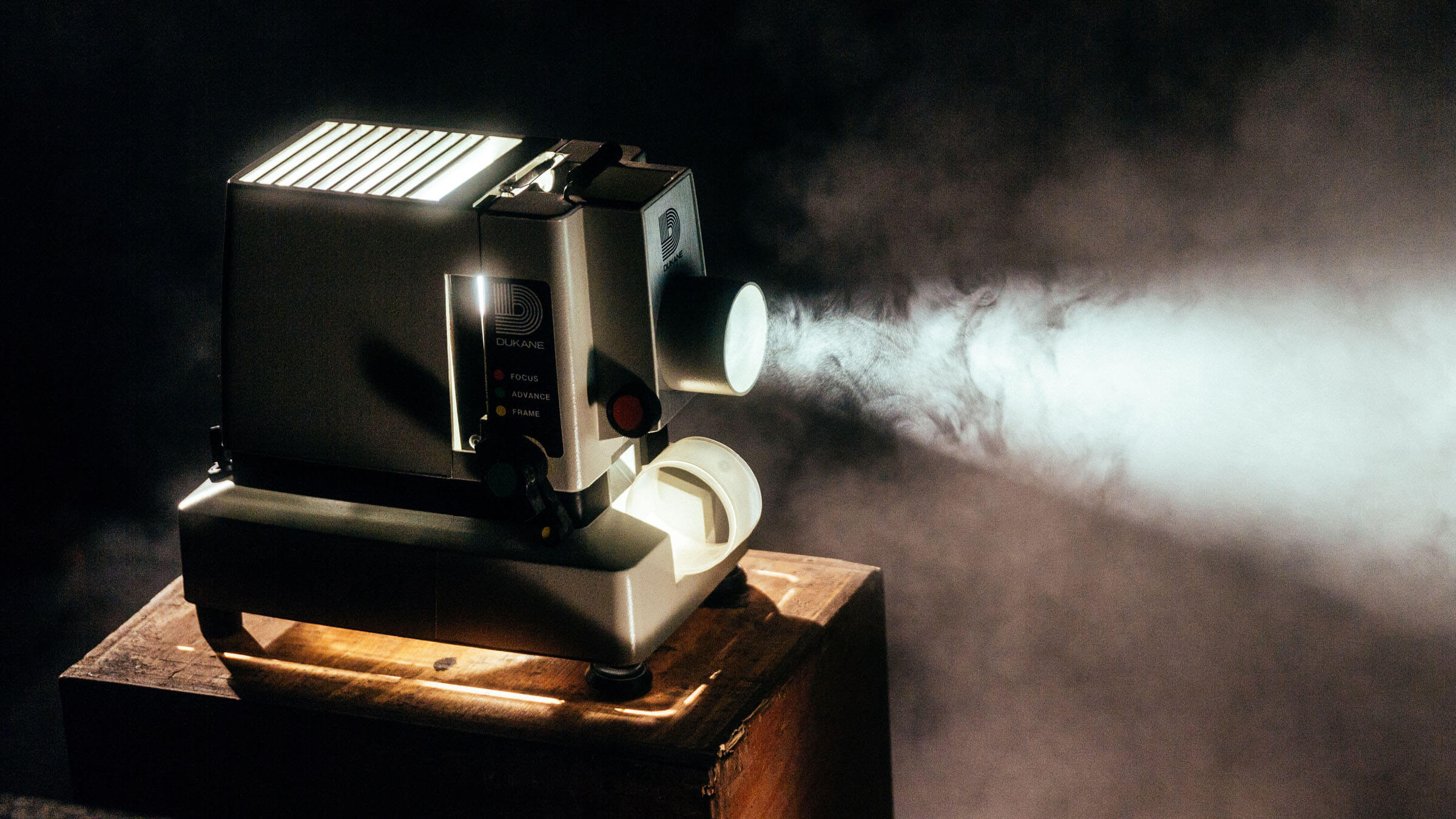












Sorry, the comment form is closed at this time.